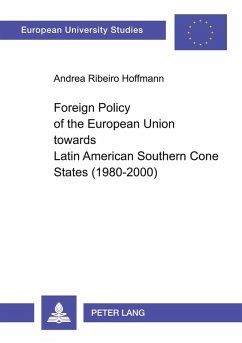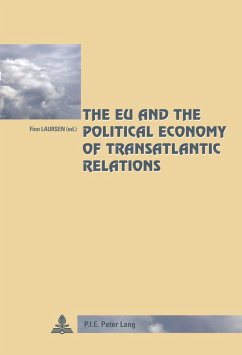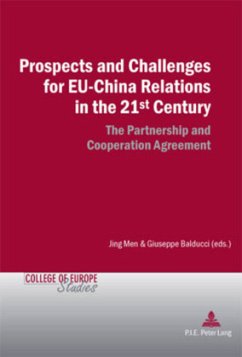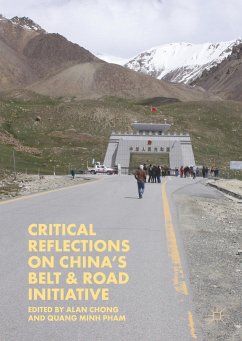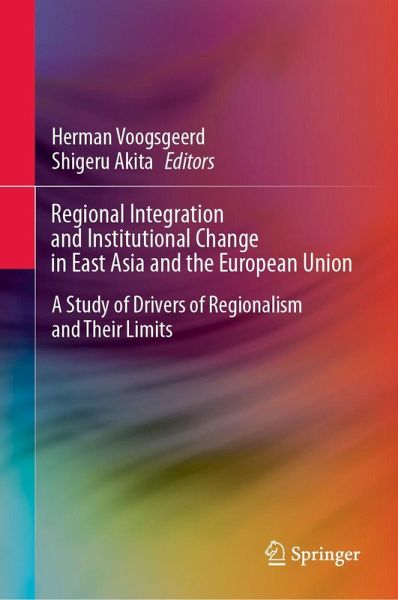
Regional Integration and Institutional Change in East Asia and the European Union
A Study of Drivers of Regionalism and Their Limits
Herausgegeben: Voogsgeerd, Herman; Akita, Shigeru
Versandkostenfrei!
Versandfertig in 6-10 Tagen
97,99 €
inkl. MwSt.

PAYBACK Punkte
49 °P sammeln!
This volume addresses the drivers and mechanisms of institutional change in Europe and East Asia during times of international crisis. Under what conditions and through what processes does a form of regionalism or regionalization change? Why is there a different pace of development, and what mechanism is responsible for institutional change? Is it simply copying, or are there other mechanisms at work? Why do regions institutionalize, and why don't others?We will distinguish between "regionalization" and "regionalism." While the former is a bottom-up process involving all kinds of citizens, non...
This volume addresses the drivers and mechanisms of institutional change in Europe and East Asia during times of international crisis. Under what conditions and through what processes does a form of regionalism or regionalization change? Why is there a different pace of development, and what mechanism is responsible for institutional change? Is it simply copying, or are there other mechanisms at work? Why do regions institutionalize, and why don't others?
We will distinguish between "regionalization" and "regionalism." While the former is a bottom-up process involving all kinds of citizens, non-governmental organizations, and academic circles, the latter is a top-down activity. It is the work of states, public international organizations, and diplomats. This book focuses on both phenomena. One could argue that East Asia first experienced regionalization, followed by regionalism. In the EU, however, it may be the other way around, as international organizations and elites have largely driven the integration project thus far.
We will distinguish between "regionalization" and "regionalism." While the former is a bottom-up process involving all kinds of citizens, non-governmental organizations, and academic circles, the latter is a top-down activity. It is the work of states, public international organizations, and diplomats. This book focuses on both phenomena. One could argue that East Asia first experienced regionalization, followed by regionalism. In the EU, however, it may be the other way around, as international organizations and elites have largely driven the integration project thus far.



